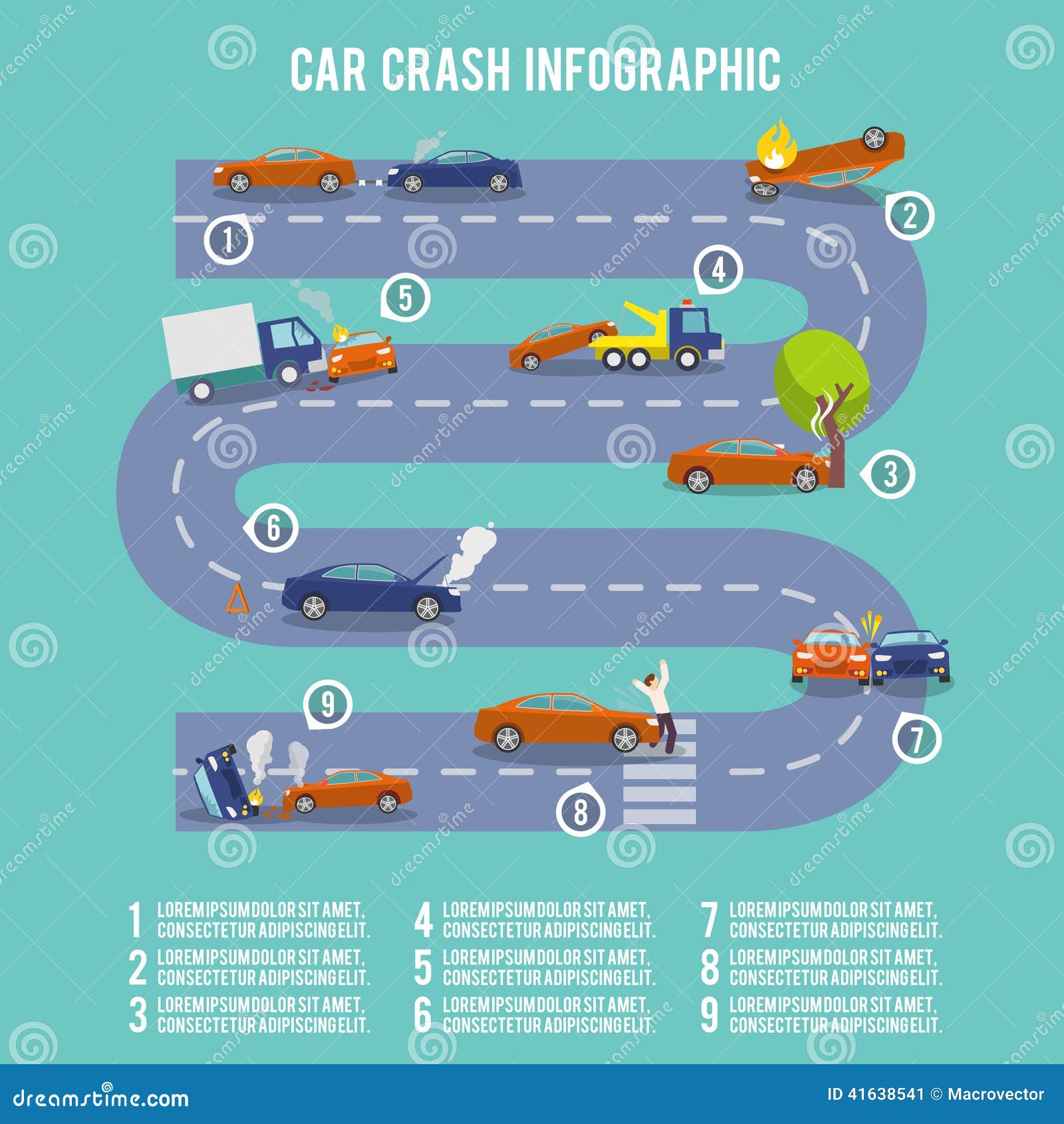Wondering Regarding The Definition Behind Those Dashboard Warning Lights? Gain Insights Into Their Ramifications For Your Lorry'S Security And Upkeep
Wondering Regarding The Definition Behind Those Dashboard Warning Lights? Gain Insights Into Their Ramifications For Your Lorry'S Security And Upkeep
Blog Article
Material Writer-Samuelsen Torres
When you're behind the wheel, those beautiful caution lights on your dashboard can be a little bit perplexing. Do you understand what they're trying to inform you concerning your car's health and wellness? Recognizing the significance of these lights is vital for your security and the long life of your lorry. So, the following time one of those lights turns up, would not you wish to decode its message properly and take the necessary steps to resolve it?
Common Caution Lighting and Interpretations
Identify typical warning lights in your car and recognize their definitions to make sure safe driving.
The most normal caution lights consist of the check engine light, which signifies problems with the engine or discharges system. If this light begins, it's vital to have your lorry checked quickly.
The oil pressure warning light indicates reduced oil stress, calling for immediate attention to stop engine damages.
A flashing battery light might suggest a malfunctioning charging system, possibly leaving you stranded otherwise addressed.
The tire stress surveillance system (TPMS) light alerts you to reduced tire stress, affecting lorry security and gas effectiveness. Overlooking this could result in hazardous driving problems.
https://triblive.com/local/westmoreland/fire-blazes-at-former-derry-borough-auto-shop/ shows an issue with the anti-lock braking system, endangering your capacity to quit rapidly in emergency situations.
Finally, the coolant temperature level warning light warns of engine getting too hot, which can result in serious damages if not resolved swiftly.
Understanding these usual warning lights will certainly assist you deal with concerns promptly and preserve risk-free driving conditions.
Significance of Prompt Interest
Recognizing the common caution lights in your car is only the initial step; the importance of quickly attending to these warnings can't be highlighted enough to guarantee your security on the road.
When a warning light illuminates on your dashboard, it's your car's means of interacting a prospective issue that needs interest. Ignoring these cautions can lead to much more serious troubles down the road, endangering your safety and possibly costing you extra in repairs.
Prompt focus to cautioning lights can prevent break downs and accidents. For example, a flashing check engine light can suggest a misfire that, if left ignored, could trigger damages to the catalytic converter. Resolving this without delay can conserve you from a pricey repair.
In a similar way, a brake system cautioning light might signal reduced brake fluid or used brake pads, critical parts for your safety and security when driving.
DIY Troubleshooting Tips
If you discover a caution light on your dashboard, there are a few do it yourself troubleshooting suggestions you can try prior to looking for expert aid.
The initial step is to consult your auto's handbook to comprehend what the particular warning light suggests. In some cases the concern can be as basic as a loose gas cap activating the check engine light. Tightening up the gas cap might solve the trouble.
An additional typical issue is a reduced battery, which can activate different cautioning lights. Checking car valet botany for rust and guaranteeing they're safe and secure may take care of the problem.
If a caution light lingers, you can attempt resetting it by detaching the car's battery for a couple of mins and afterwards reconnecting it. In addition, inspecting your lorry's fluid levels, such as oil, coolant, and brake liquid, can aid troubleshoot warning lights associated with these systems.
Conclusion
In conclusion, understanding your auto's warning lights is essential for keeping your car running efficiently and securely. By quickly resolving these alerts and recognizing what they indicate, you can avoid expensive fixings and possible malfunctions.
Remember to consult your automobile's handbook for particular details on each warning light and take action accordingly to ensure a trouble-free driving experience.
Keep educated, remain risk-free on the road!
